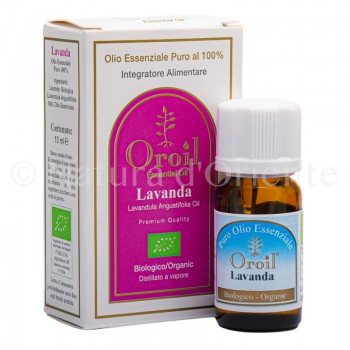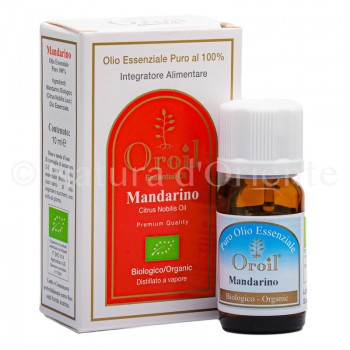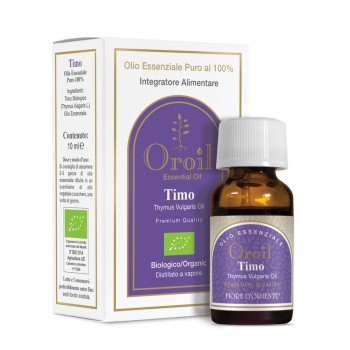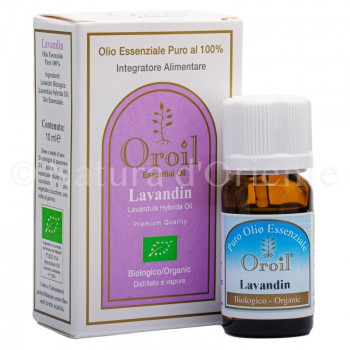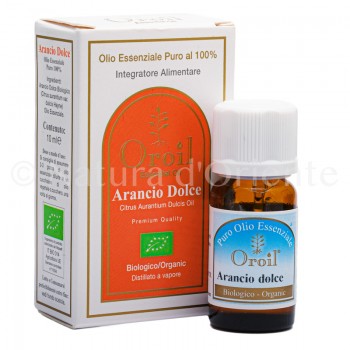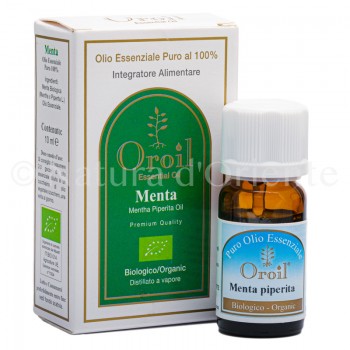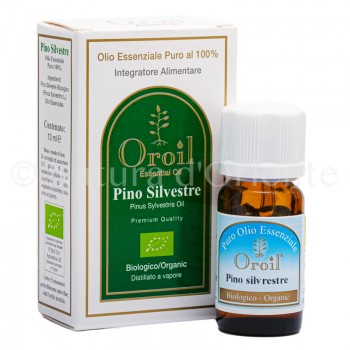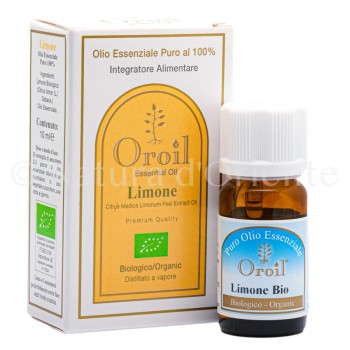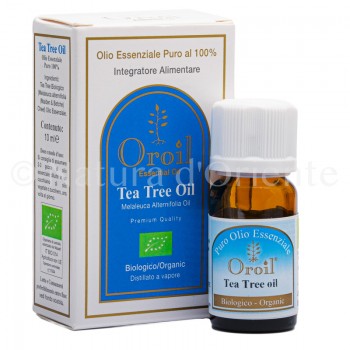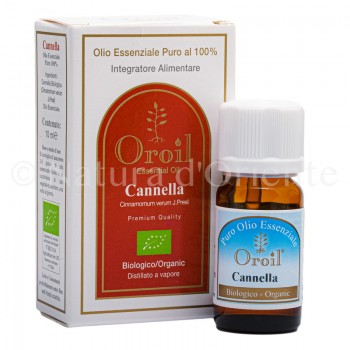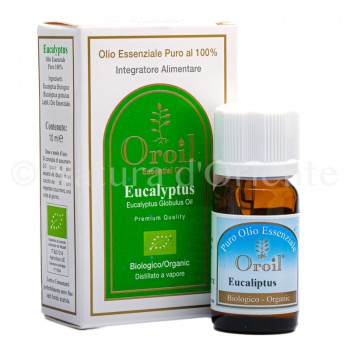Rosemary essential oil for food use indicated to combat digestive disorders, but other properties used in strong>aromatherapy, with external applications and fumigations.
The plant and the production of essential oil
Rosemary (scientific name: rosmarinus officinalis) is a perennial aromatic plant belonging to the Lamiaceae family. It is a shrubby plant that can grow wider or higher, in the latter case it can reach two meters and exceed them but normally it does not exceed one and a half meters. The leaves are very elongated (2 to 4 cm long and 2 to 5 mm wide) and the flowers are blue. A beautiful legend about the color of the flowers gave rise to the English name of the plant "rosemary", it is said that the originally white flowers have become blue due to contact with the Virgin Mary's dress which in iconography is often represented in a blue dress , therefore the rosemary flower became the rose of Mary. The plant is native to the Mediterranean and Asia, especially the Near East, the evidence relating to its presence in China is a little later. In classical Greco-Roman antiquity it was already well known but the testimonies date back even earlier, used in funeral rituals by the ancient Egyptians, while the first testimonies date back to cuneiform tablets of 5000 years ago. In Italy it grows spontaneously along the coasts of the Adriatic and on the islands but is cultivated and is sub-spontaneous everywhere. Rosemary essential oil is obtained from the steam distillation of leaves, fresh twigs and sometimes flowering tops, but the Italian pharmacopoeia only provides for fresh leaves and twigs.
What are the properties of rosemary essential oil?
Rosemary essential oil is attributed antispasmodic properties on the digestive system and choleretic (that is, it stimulates the production of bile). Furthermore, antimicrobial and toning properties are attributed. Finally, balsamic properties are also recognized for this essential oil and this will not surprise those who have already experienced the strong camphor-like smell it gives off.
Internal use of rosemary essential oil
The main internal use of course is in favor of the digestive system, it is clear that a substance that relaxes the muscles and increases the secretion of the bile ducts aids digestion, it appears equally clear that it should be used with caution if you have biliary tract affections or at least after consulting a doctor. Furthermore, as with all essential oils, it is recommended for greater prudence to not use it during pregnancy and breastfeeding and not to give it to small children. We will never fail to remember that 100% pure essential oils are extremely concentrated products that should never be used pure and should be used in very limited doses, never more than one or at most two for oral use. What we haven't always explained is why even for oral intake it is recommended to add the drops to a teaspoon of honey or sugar and not to water: because (all) essential oils are fat-soluble and not water-soluble.< /strong>
External use of rosemary essential oil
From the properties listed in the paragraph above one can easily imagine the uses, in aromatherapy to take advantage of the invigorating capabilities; in suffumiges to make the most of the balsamic ones, in massages added to oils and creams to take advantage of the disinfectant properties that help in the presence of acne and other skin problems.

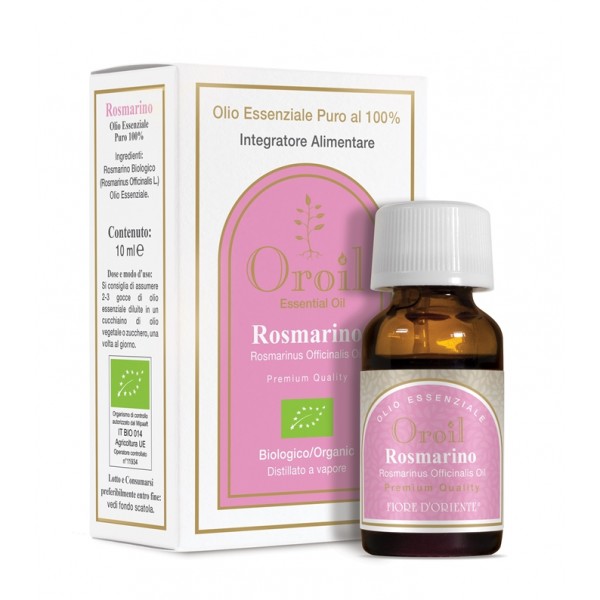

 No reward points for this product.
No reward points for this product.
